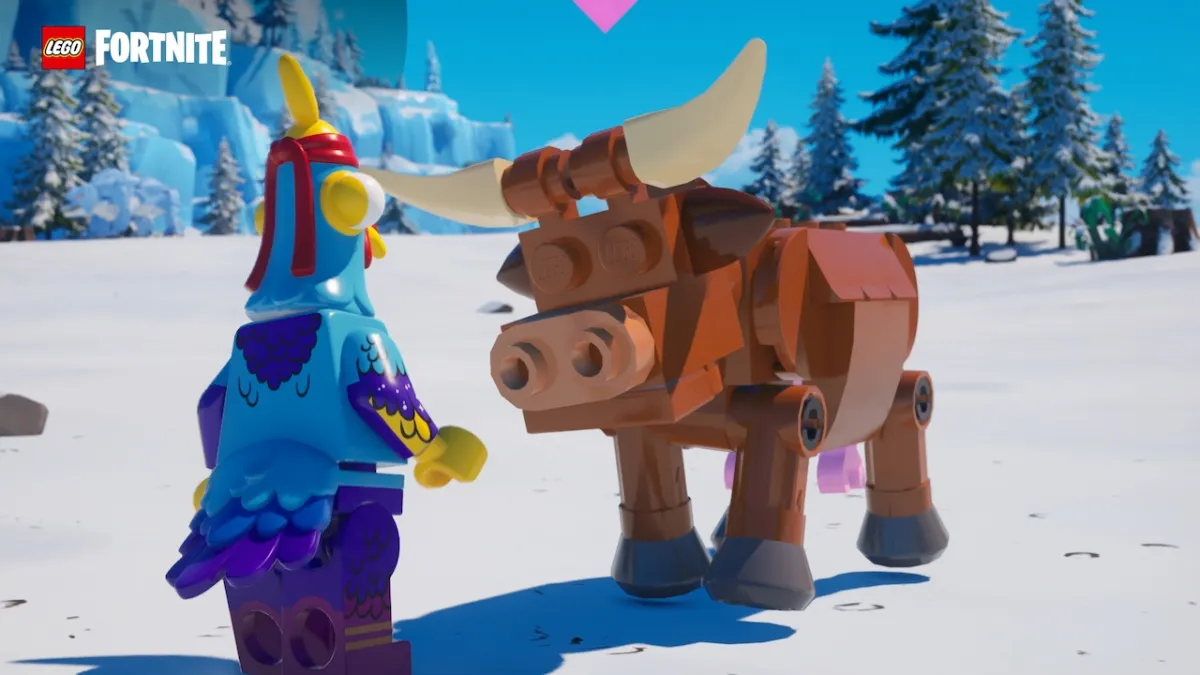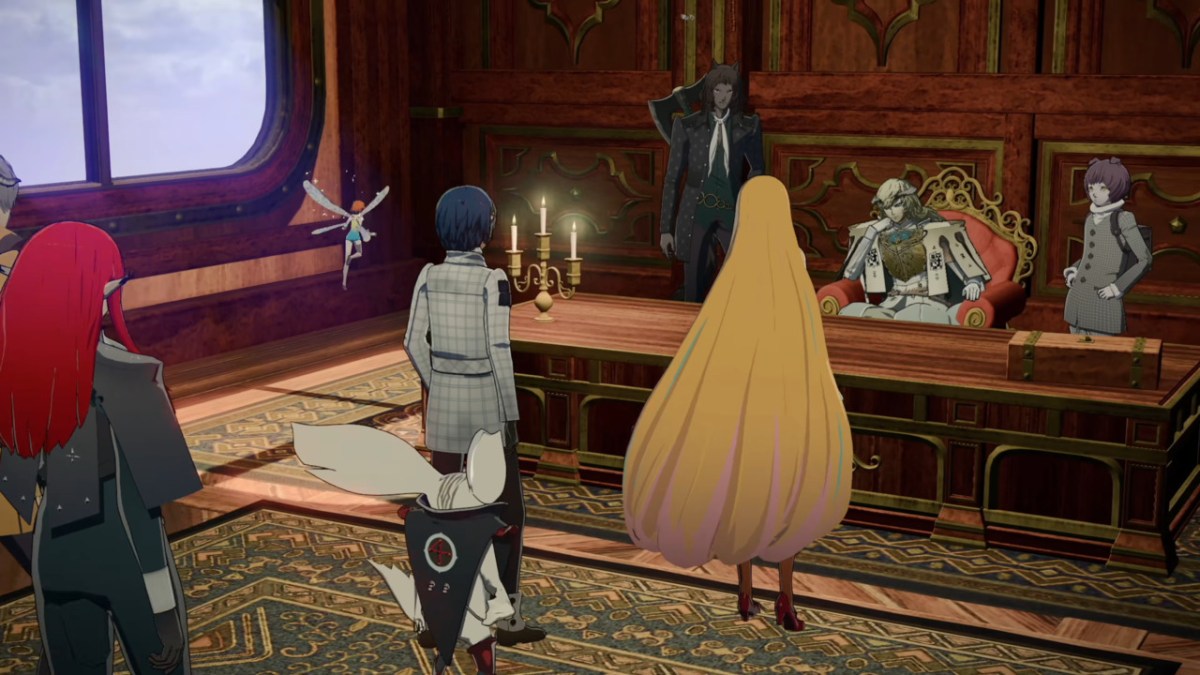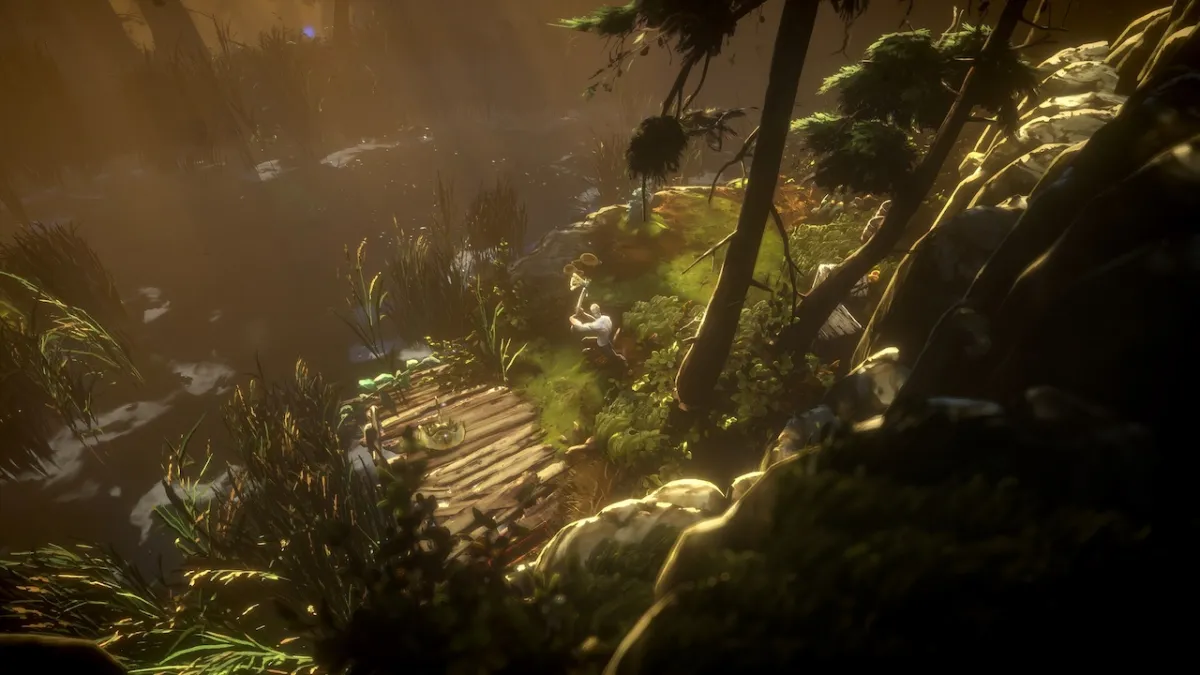IncGamers caught up with Ubisoft’s Montreal team as it readies the latest Prince of Persia game for release. Simply titled Prince of Persia, could this be the definitive game in the series? Ubisoft’s Thomas Delbuguet explains why it’s all change for the Prince. The last Prince of Persia game seemed to complete the ongoing storyline. What was the idea behind the new game?
TD: Basically, we were given a mandate to rejuvenate the brand for the next generation of console. We knew we were going to start a new project and we wanted to do something new. We looked at a lot of the things that worked and didn’t work in the previous games and focused on the elements that define the Prince of Persia brand. We realised that it was the dynamic and choreographed acrobatics with an open and deep combat system that gave you flexibility about how you wanted to fight. So we took these elements and started developing a new direction. We said “let’s bring in new characters, a new prince and a new world.” We looked at the acrobatics and thought “let’s take it further, let’s add the ‘extreme’ label.”
What prompted the decision to introduce a more active female companion this time around?
TD: We quickly realised it was actually her story; it wasn’t really about the Prince. We really wanted to bring back some of the magic of 1001 Nights. A lot of the elements we put into the game are inspired directly by that. But we didn’t really know what we should do with these new characters. It took us a while to realise that it was going to be Elika – it was going to be the support character – that was going to be the story. This quest that we have going with the adventurer – we call him a prince, but he’s not a prince yet – is his ascension towards becoming a prince. He discovers the values of this character, Elika, and her world which are pretty alien to him. He starts embracing these values and evolves as the story progresses. He’s always going to the joker, but he does start to change.
So why did you decide to make this ‘Prince’ so different?
TD: We wanted players to relate to him. This is the character that you are going to play, right? So we decided “sure, we could make him a prince, we could make him this , we could make him that.” But we thought “if we don’t make him much, then people will invent their own stories.” He does have a backstory, but not all of it is going to be exposed to every player out there. There’s going to be a lot of room for mystery and imagination. Your own interpretation will add to the character.
Will each gamer take a different path through the game? Will each player have a unique experience?
TD: The story will unfold, although not in a linear kind of way. You will still get the majority of the story in the same way as anyone else who plays the game. But we realised that people don’t always agree about story. Some think there’s too much, some think there’s too little. One of our strategies in dealing with this was to give you a choice. Rather than shoving story down your throat, we decided to give you a button to dive deeper into the story. Depending on where you are in the world, and what you’ve done previously, you have the choice to get a little bit more of the story at the touch of a button. You’ll learn more about the relationship between the Prince and Elika, about her history and what she’s been through.
Did you take on board criticism of the previous games in the series when designing Prince of Persia? For example, the camera system.
TD: Absolutely. We made a lot of improvements to the camera system going from Warrior Within to Two Thrones, but obviously when we started this one our goal was not only to continue improving it, but also add more to it. We wanted to add a more cinematic feel to it. I think we’ve done a pretty good job of incorporating this aim into the new system. For a lot of the sequences we were taking the camera into account right from day one, and that’s important to note. For example, combat. We wanted to take more liberties with the camera, so our DOP (Director of Photography) experimented with a lot of strategies and systems to make the camera work. We pretty much settled on what worked best globally, but so many key portions of our game design were designed considering camera. Now the camera gives cues to the player. For example, every time you deflect an enemy attack, the camera actually resets and moves into a more 2D panel. It’s discrete, but it also adds something dynamic to what you’re seeing.
{PAGE TITLE=More about the engine, combat system and the Prince…all on Page 2}
How has using the Assassin’s Creed engine helped to develop the game?
TD: Well, it’s a lot of very impressive technology. We had to make a lot of modifications to the engine to be able to make the game we wanted to make. Also, one of our mandates was not to remake Assassin’s Creed. So we looked at the engine and took all of the elements that served us well – a lot of the animation stuff and so on – but what we really wanted to do was make it our own. Because of our artistic diction, we’ve had to make a lot of changes to the way the engine works.
Were you tempted to create an open-world setting, like in Assassin’s Creed?
TD: We experimented with an open world structure for Prince of Persia but we discovered a fundamental issue with that, which was that we couldn’t get the choreographed acrobatic sequences that we needed. We were losing that PoP flavour. Granted, there are a lot of things that are different about this Prince of Persia – the prince is completely different, the atmosphere is completely different – but we wanted to keep all the core elements that make it Prince of Persia. We lost most of that trying to incorporate an open world structure. So we went back to the drawing board and created more of a network thing, which allowed us to get more of those step-by-step sequences. It was a lot more interesting and ended up giving us the game we have now.
How big is the game?
TD: We were aiming for around 12 to 18 hours. Along the development process, we had to cut down on some of our ambitions so certain elements of the game were dwarfed a little and at that point we were thinking more between 12 and 14 hours.
Why did you have to cut out some elements?
TD: Creative decisions. We had gameplay elements that just weren’t working, necessarily, with the art direction and the pieces weren’t falling perfectly into place with the game that we ultimately wanted to make. So a lot of decisions were made to simplify certain elements and not dilute the final game. We decided to focus on the key things that worked to make a game that’s more solid than if we spread ourselves thin on everything.
The combat system seems much more fluid this time around. Was that easy to achieve?
TD: Oh no [laughs]. The combat system was actually very hard to work with. One of the issues that we had with the previous trilogy was that a lot of people loved the combat while a lot of people hated it. So how do you make both groups like it? Another thing we noticed was that people who liked the acrobatics generally didn’t like the combat. The people who didn’t like the acrobatics as much, generally liked the combat. We gave people combat options in Two Thrones but we really wanted to try something different. Again, our mandate was “reinvent combat in an action-adventure game.” We took a new
approach; we inspired ourselves with certain games, movies and so on but we didn’t want to make a system that was a SoulCalibur, for example, or a God of War. We really wanted to have our own.We took a big gamble and we focused on enemies, we focused on one-on-one fights with characters that grow and evolve as you fight them. The Prince is not going to have an upgradeable sword, for example, and will have the same move skills at the very start of the game that he has at the end of the game. But it’s the enemies that are going to evolve according to what you do. Before, you asked if you would experience the same story as a buddy and fighting is like that. Ultimately you’ll get the same experience, but you’ll discover it in different ways. For example, it might not be the same boss character that will give you the same challenges.
Finally, what would you say is the standout feature in Prince of Persia?
TD: The thing that stands out to me, is how we’re basically trying to get rid of the standard death screen. This was very controversial and it started a lot of discussions. But I kept saying “there are no lives anymore. You never collect lives in games, so why do you need to be reminded that it’s game over?” We wanted to get rid of that and keep the player in the experience. A lot of the creative decisions made in the game were made to keep the player in the adventure. The Prince has one quest and he’ll go step by step, his weapons will wear down or maybe he’ll break them but he has his equipment, he knows what to do. Bruce Willis doesn’t suck at the start of a movie then kick ass at the end (usually he sucks throughout – Ed).



